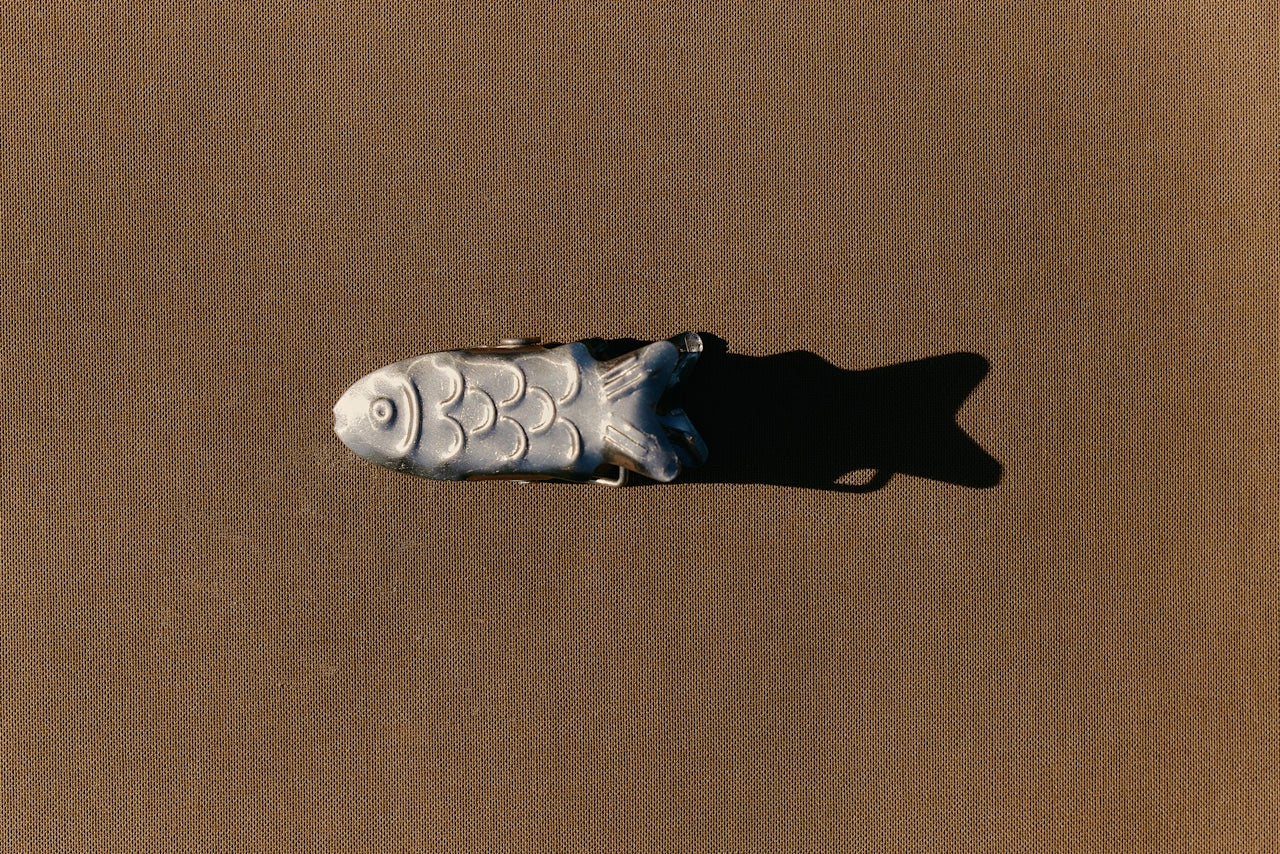How a Poor Diet Can Harm Your Hair Health
Modern life can sometimes lead us down the path of convenience, which often equates to less-than-ideal dietary choices. These actions don’t just expand our waistlines; they can significantly impact our hair health. A diet high in sugars and low in essential nutrients doesn’t just sap your energy—it might be sabotaging your hair too.
- Understanding Hair Health and Nutrition
- The Impact of High Sugar on Hair
- Essential Nutrients for Healthy Hair
- Creating a Hair-Healthy Diet
- When to Seek Help for Hair Health
Understanding Hair Health and Nutrition
Hair health is closely tied to your overall nutritional state. Keratin, a protein made up of amino acids, is a primary component of hair. Your body’s ability to produce keratin depends heavily on your nutritional intake, making a balanced diet crucial for lush, healthy hair.
The Impact of High Sugar on Hair
Excessive dietary sugar poses more risks than commonly known. It can trigger a chain reaction that ultimately leads to hair health issues. Key movements include:
- Glycation: Excessive sugar in the blood can lead to a process known as glycation, where sugars attach to proteins and form harmful new molecules named advanced glycation end products (AGEs). According to a study cited by Healthline, AGEs can accumulate and cause inflammation and degradation of the body’s proteins, including those in hair.
-
Impact on Blood Flow: High sugar intake can lead to higher insulin levels, potentially narrowing blood vessels and reducing blood flow to hair follicles. Reduced blood flow can weaken hair follicles, limiting growth and leading to hair thinning and loss.
Essential Nutrients for Healthy Hair
For those seeking to avert or repair hair damage, incorporating hair-critical nutrients is paramount:
- Protein: Hair is primarily made up of protein, so adequate intake is necessary for hair growth.
- Iron: Iron helps red blood cells carry oxygen to your cells, including those that stimulate hair growth. Iron deficiency is a major cause of hair loss, particularly in women.
- Vitamins such as Vitamin C, B7 (Biotin), and Vitamin D: Vitamin C aids in iron absorption and is crucial for collagen production. Biotin supports hair health, and a lack of it can lead to hair loss. Vitamin D may also play a role in the hair cycle.
- Omega-3 Fatty Acids: These are important for hair hydration and overall health. Foods rich in Omega-3 include fish, flax seeds, and walnuts.
Nutritional deficiencies—specifically iron, vitamin D, and certain proteins—can lead to hair loss, underscoring the necessity of a balanced diet.
Creating a Hair-Healthy Diet
To foster nutritional wellness that extends to your hair, consider the following recommendations:
- Reduce Sugar Intake: Lowering your sugar consumption can decrease the formation of AGEs and improve overall health.
- Balance Dietary Proteins: Include a good balance of lean animal and plant-based proteins to ensure ample keratin production for hair growth.
- Integrate Iron-Rich Foods: Lean meats, lentils, spinach, and other leafy greens are excellent sources of iron.
-
Incorporate a Variety of Vitamins: Through whole fruits, vegetables, and supplemented foods, ensure you’re receiving a full profile of vitamins supporting hair health.
When to Seek Help for Hair Health
If you notice severe or persistent hair thinning, shedding, or other changes in your hair’s appearance that don’t resolve with dietary adjustments, it’s wise to seek guidance from a healthcare provider. Sometimes, hair loss can indicate other underlying health conditions that require professional attention.
Conclusion
Your diet plays a pivotal role in maintaining not just your general health but also the health of your hair. By understanding the impacts of poor dietary choices, particularly high sugar intake, and adjusting your diet to include essential nutrients, you can enhance both your hair’s health and its appearance. Remember, what you eat mirrors not just in your health but also in the quality of your hair. Making informed, health-conscious decisions can lead to both visible and invisible improvements in your lifestyle.




